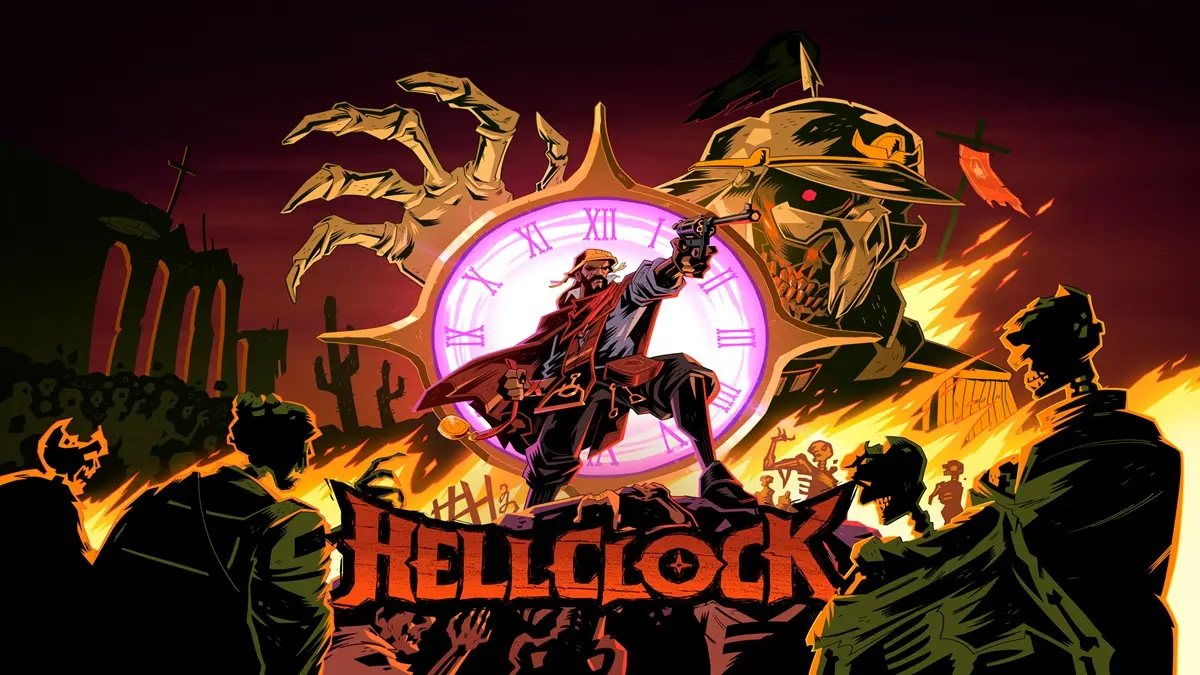You know that feeling when you boot up Path of Exile or Diablo and think, “Man, I wish I could get that endgame rush without investing 50 hours”? Well, Brazilian developer Rogue Snail heard you loud and clear. Their upcoming Hell Clock asks a simple but brilliant question: What if an entire ARPG league only took 20 minutes?
After spending some quality time with the demo a few weeks ago and then getting some hands-on time with the upcoming release build, I can tell you Hell Clock has serious potential for those looking for a more “roguelike” ARPG experience. It’s not just another Hades clone pretending to be different. This thing actually has teeth.
So, how does it play?
You play as Pajeú, a warrior caught in some seriously twisted purgatory based on Brazil’s real War of Canudos from 1896. But forget the history lesson for a second. What matters is that you’re diving through floors of pure chaos, and every second actually counts because, well, there’s a timer ticking down.
The hook isn’t just the timer, though. It’s how Hell Clock makes you feel when you’re racing against it. You start each run feeling pretty capable, slicing through enemies with your knife skills or blasting them with pistols. Then suddenly around floor 7 or 8, things get real. Enemies that used to melt now feel like they’re made of concrete. Your damage feels pathetic. You’re scrambling.
Then you find that one relic or unlock that crucial skill upgrade, and suddenly you’re a god again. You’re melting bosses who gave you trouble just runs ago. It’s this perfect rollercoaster through their “Climb, Wall, Breakthrough, and Payoff” system. Sounds fancy, but it means Hell Clock (and the developers) know exactly when to make you sweat and when to make you feel like a badass.

All about the build
Here’s where Hell Clock gets interesting. You can equip up to 5 skills at once, and the combinations can get pretty lethal. There are 21 total skills in the pool, from basic pistol shots to my absolutely favorite spinning knife attack called Double Knife, which apparently was bugged in the demo but is still pretty solid overall in the full release. It’s essentially a Barbarian Whirlwind…you know, Spin2Win.
The relic system is where your builds really come alive. You’ve got common relics that mostly feel like vendor trash (sorry, but it’s true), you’ve got solid “stat stick” relics, and then you’ve got these unique relics that completely change how your skills work. All relics certainly aren’t created equal…some of these I’d never even consider using, but others are complete build (and game) changers.
What’s cool is how the skill tree (Bell) works. It’s got that Last Epoch vibe where some upgrades just add raw stats, but with others, you’re actually changing how your abilities function. Combined with your skill choices, the bell skill tree, and relic choice, you can make some pretty interesting builds in Hell Clock.
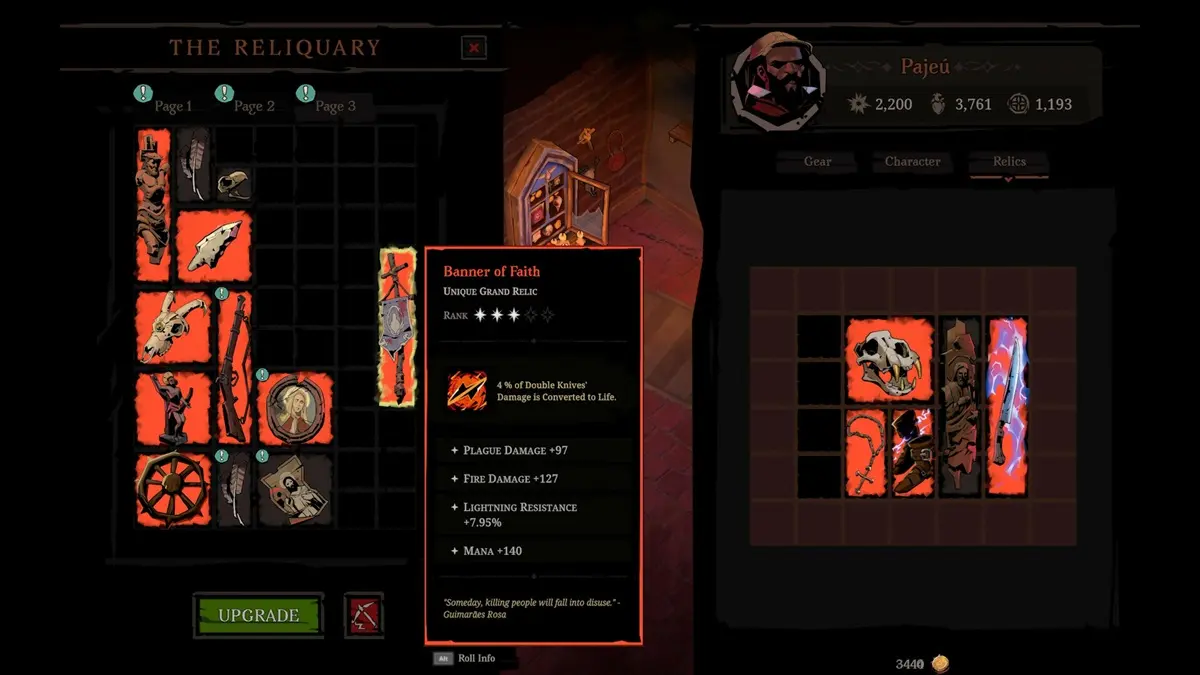
How the combat feels
Let’s talk about how Hell Clock actually plays. Combat is fast and fluid, though in classic roguelike fashion, it can feel a bit slow at the start of a run before you get upgrades going. The game gives you three control schemes – MOBA-style clicking, WASD movement, or gamepad. Most players seem to be gravitating toward WASD with their main skill on right-click instead of the default left-click setup, similar to Path of Exile 2.
At times, certain gun builds feel a bit clunky compared to alternatives. You have to stop and aim, which breaks the flow when enemies start getting tankier on later floors. Even post-nerf, Knife builds, especially that Double Knife spinner, just feel more natural for Hell Clock’s late-round aggressive pace. However, it’s possible that later game builds will surface with even smoother gameplay, I just haven’t seen it yet.
Boss fights are… interesting. They’re not super challenging early on, especially with the right upgrades. But they do ramp up. First at Floor 7 and then again at Floor 14 is where you’ll hit your first real walls, which essentially requires you to have an actual defined build going in order to successfully beat the boss.
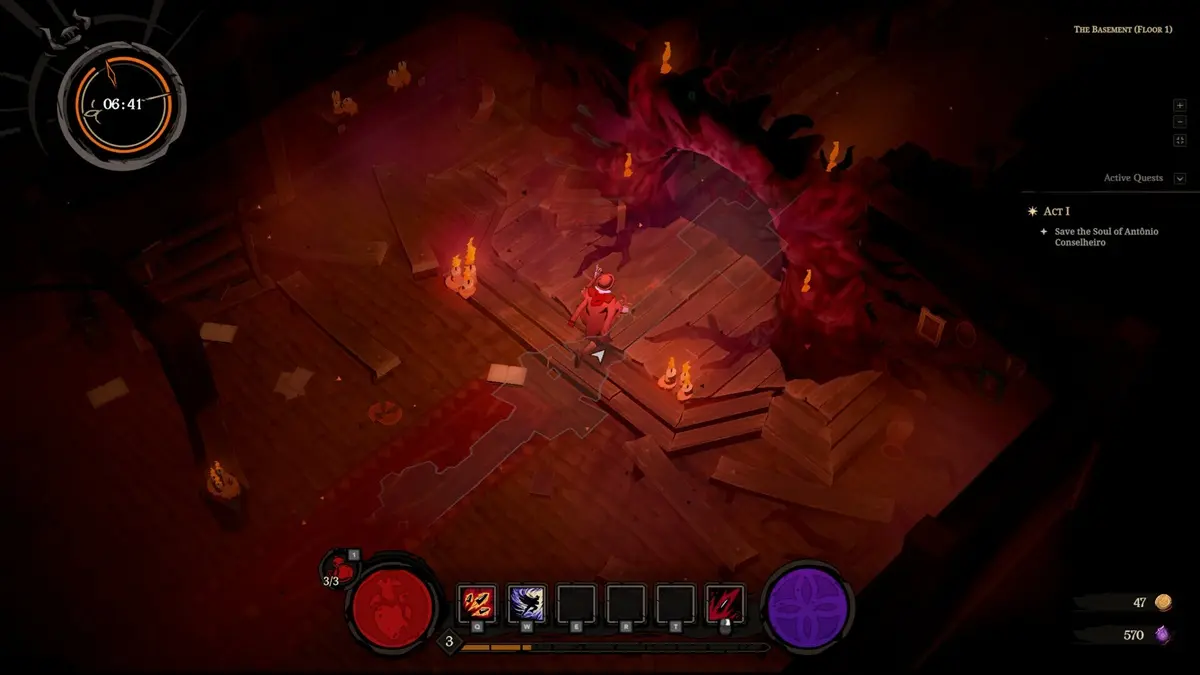
The atmosphere hits different
Visually, Hell Clock nails it. The comic book art style works perfectly for the dark fantasy setting, and when your abilities light up those dingy dungeon floors, it looks fantastic. The sound design makes skills feel impactful without being overwhelming, and overall represents a nice synergy for an ARPG that favors fast-paced combat over everything else.
The Portuguese voice acting adds an authentic layer that most games just don’t have. The Portuguese fits the historical setting perfectly and gives the game character, which is a subtle but effective way of storytelling. As with most ARPGs, the story isn’t the focal point of Hell Clock, but the mysterious nature of the actual story, mixed with the Portuguese voiceovers, goes a long way.

What Needs Work
As Hell Clock approaches release, there are a few rather minor issues worth pointing out. The difficulty scaling feels a bit harsh. That timer creates urgency, but when you hit certain floors and your damage just falls off a cliff, it can feel unfair rather than challenging. Often times the timer itself isn’t the problem, but rather just not being able to kill fast enough or suddenly finding yourself capable of being one-shot.
Mana becomes pretty much irrelevant after a few hours of play. Only a couple skills actually drain your mana pool, so the whole resource management aspect kind of disappears as you get your build started. This isn’t a huge issue, but certainly one to consider depend on what you’re looking for in your ARPG.
Perhaps the biggest downside for me is that itemization is very linear, when that’s typically a major draw to the genre. Outside of relics, you gear up by simply upgrading your gear at the vendor at the hub. Instead of actual gear drops with scaling stats, or affixes, itemization is just upgrade so number go up. For example, the vendor will upgrade your weapon to the next level, simply increase your base damage. Or your chest piece, simply increasing your health pool.
It works for Hell Clock, but does take away a bit of the special sauce to the genre.
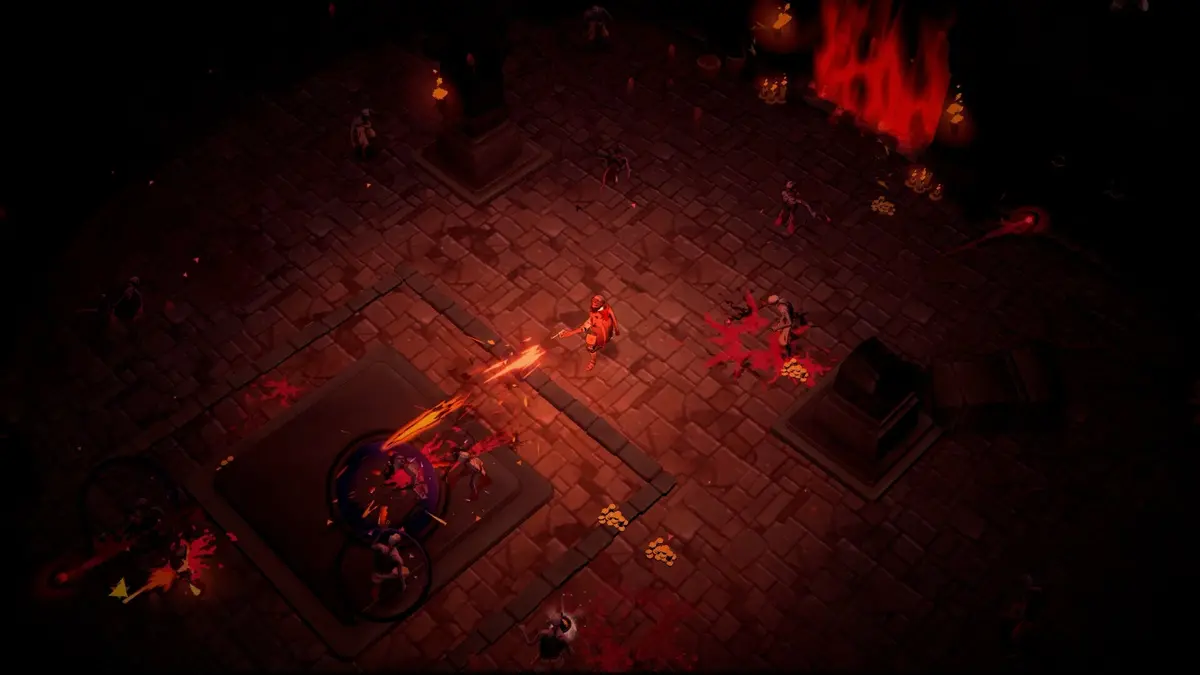
The Bigger Picture
What Hell Clock gets right is respect for your time. In an era where ARPGs typically demand hundreds of hours just to see endgame content, this game says “here, have your power fantasy in 20 minutes.” It’s not trying to replace your main ARPG – it’s trying to scratch that same itch when you just want to do a run or so. Having a per-run-centric loop in an ARPG is refreshing.
I think this format is extremely effective in this day and age where there is never enough time, and Mad Mushroom seems to be (wisely so) investing into games that realize that pain point. Conquest Dark, also published by Mad Mushroom, recently entered Early Access and has a similar structure.
Looking through demo feedback, Rogue Snail has been incredibly responsive and seems to have addressed most of the more vocal issues the community had after the demo. Taking that a step further, the Steam discussions are full of developer responses actually addressing player concerns, which you always love to see from an indie game. Kudos to Rogue Snail for that!
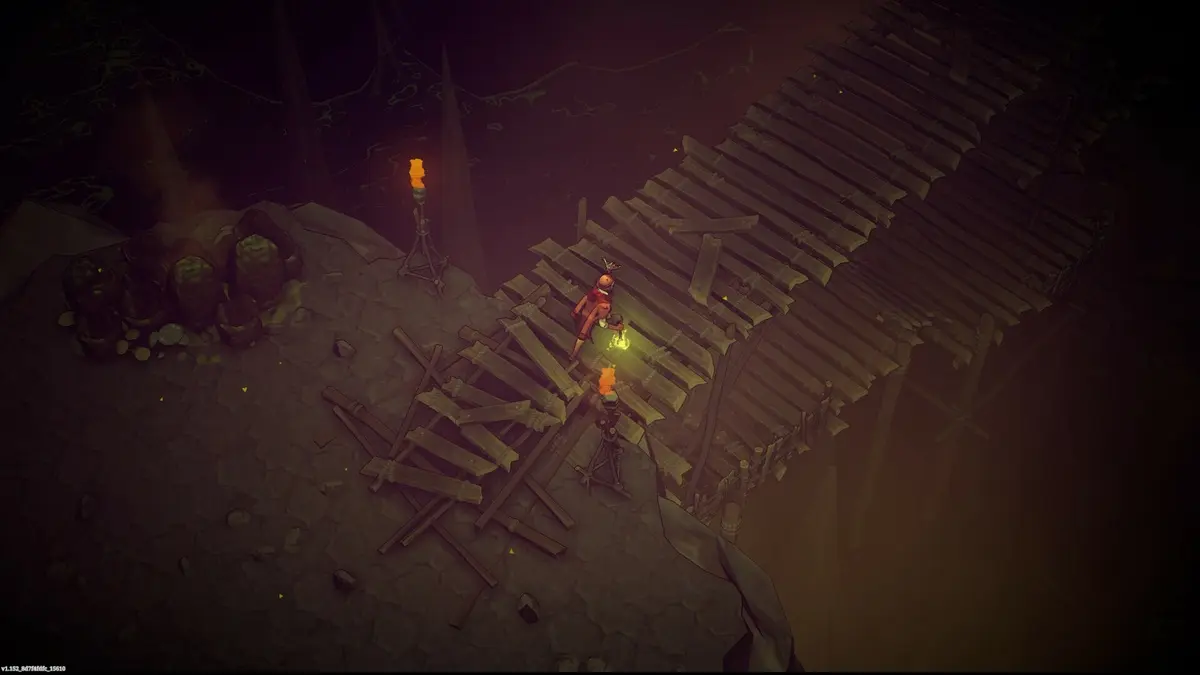
Bottom Line
Hell Clock is the ideal bite-sized ARPG that’s simply got something special. It understands that sometimes you just want to feel powerful without the commitment. The 20-minute run structure works brilliantly, and the build variety is quite promising, even though I still have more to discover. And when everything clicks, things simply feel fantastic.
If you’re into ARPGs but tired of games that don’t respect your time, Hell Clock might be exactly what the doctor ordered. The demo is available now, and honestly, 20 minutes is all you need to know if this is your thing.
And if you find the loop fun, Hell Clock is set to full release on June 18, 2025 (and is wishlistable now), at a price point of $19.99, which feels more than fair for the amount of content Hell Clock has to offer. See you in Hell!
